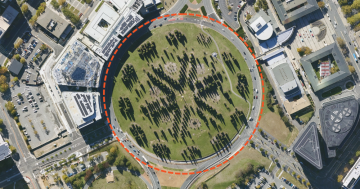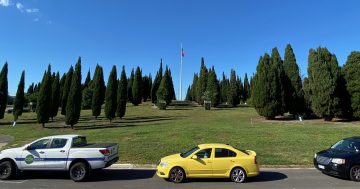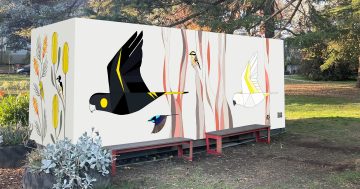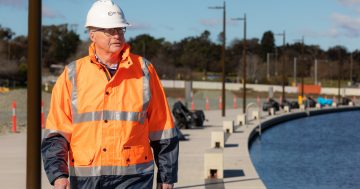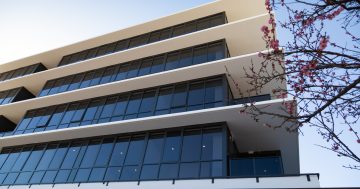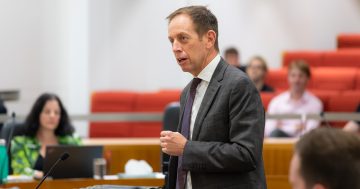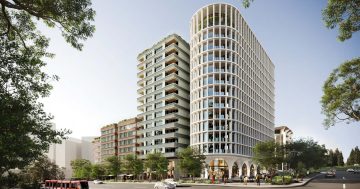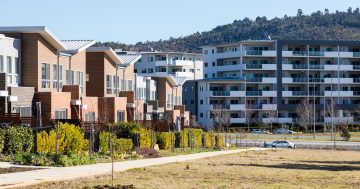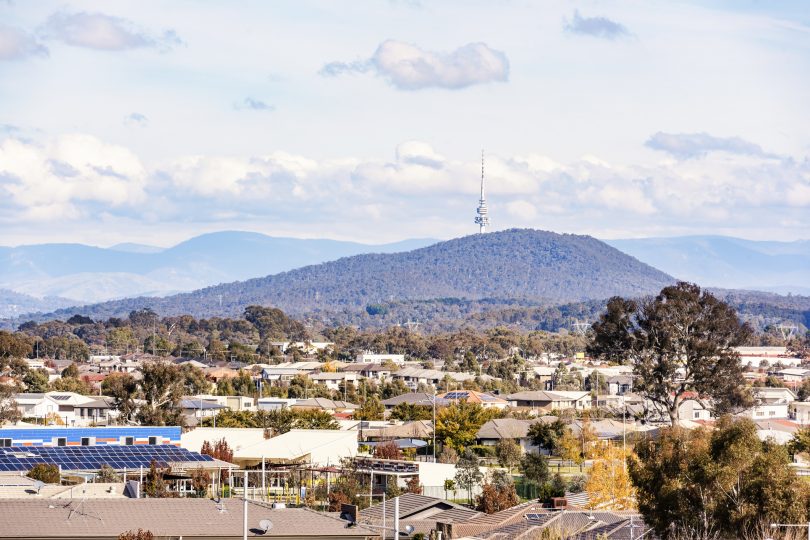
The development of Canberra must go hand-in-hand with community consultation.
Canberra is changing. We have a growing population. New infrastructure projects are being rolled out. Ageing housing developments are being renewed. This all means that our city is starting to look very different.
If you live in or travel through inner parts of Canberra, you would be very aware of this. Travelling down Northbourne Avenue, you will see some of these changes already happening. Light rail is almost here. Major buildings such as Macarthur House have been demolished and other commercial buildings have been re-purposed. Northbourne Flats are now gone and new developments are being planned and promoted. All of this is giving an insight into how a more compact Canberra will look and feel.
This isn’t surprising and doesn’t need to be seen as a negative change. Indeed, I am a supporter of the light rail proposal and agree that we need to promote a more compact and sustainable city. While recognising some temporary disruption, I am positive about what some of these current changes will mean for me and my family. I look forward to more transport options and additional amenity along this major thoroughfare.
What a more compact city might mean more broadly, particularly in our suburbs, is something that we are just starting to grapple with. The inner suburb of Downer is one in where potential changes are real and imminent. The Downer Community Association has been facilitating conversations between local residents and planners about the potential implications of recent planning frameworks. Recent meetings have seen many residents turn up to find out more information, share their views and work together to ensure that the character of their neighbourhood is protected.
The concerns that many residents are expressing seem to highlight a gap between the process being pursued and its connection with local residents who will live with these choices in the long term. While concepts that are expressed in the recent ACT Planning Strategy sound like a city that I would like to live in, I understand the nervousness of local residents. Aspirations speak to working to ensure our city is compact and efficient, diverse, highly liveable, accessible, sustainable and resilient while ensuring the character of suburbs will be protected.
Is there a need for new pathways to respond to the legitimate concerns of residents? How do we build confidence that sound principles will be translated in a way that values and protects the elements of our neighbourhoods that we cherish?
Communities need to have confidence that these decision makers understand how these places work. Engaging with local communities is a key way to do this. Local communities are a huge knowledge base in understanding what makes a neighbourhood work, and where there are challenges. Engaging with the community will improve planning and promote livability. There is a real danger when communities grow cynical of community consultations. When this starts to emerge, there is a need to reflect and engage differently. Participatory democracy processes are increasingly being seen as one way to do this.
Communities need to know that infrastructure has been planned to support local amenities and services. They need to see how roads and other transport infrastructure are able to deal with increased densities, and how schools can cater to the growing number of families.
Diversity is a particular value in our community and one of the stated priorities of our future planning. One of the strengths of our local communities is that people from all walks of life are living together. While the move away from concentrated public housing developments in many inner suburbs is a welcome move, it continues to be disappointing to discover that new developments will have no affordable and public housing stock. We don’t want to have enclaves of people with low incomes. Neither do we want to see suburbs that are only accessible to those on the highest incomes.
Finally, communities need to be convinced that the quality and design of new developments are of a high standard. They want to see developments that value long term sustainability rather than short term profit.
As we move towards the third decade of this millennium, it’s no surprise that our city is evolving. We live in a planned city and need to be aware that we are at a point in our history where the decisions that are being made will impact our community for decades to come. We have clear choices, and need to recognise that just like the past, our city will not evolve organically but will be as a result of the decisions being made today.
What do you think are the most important things that we should be thinking about as we plan for our suburbs in the future?













